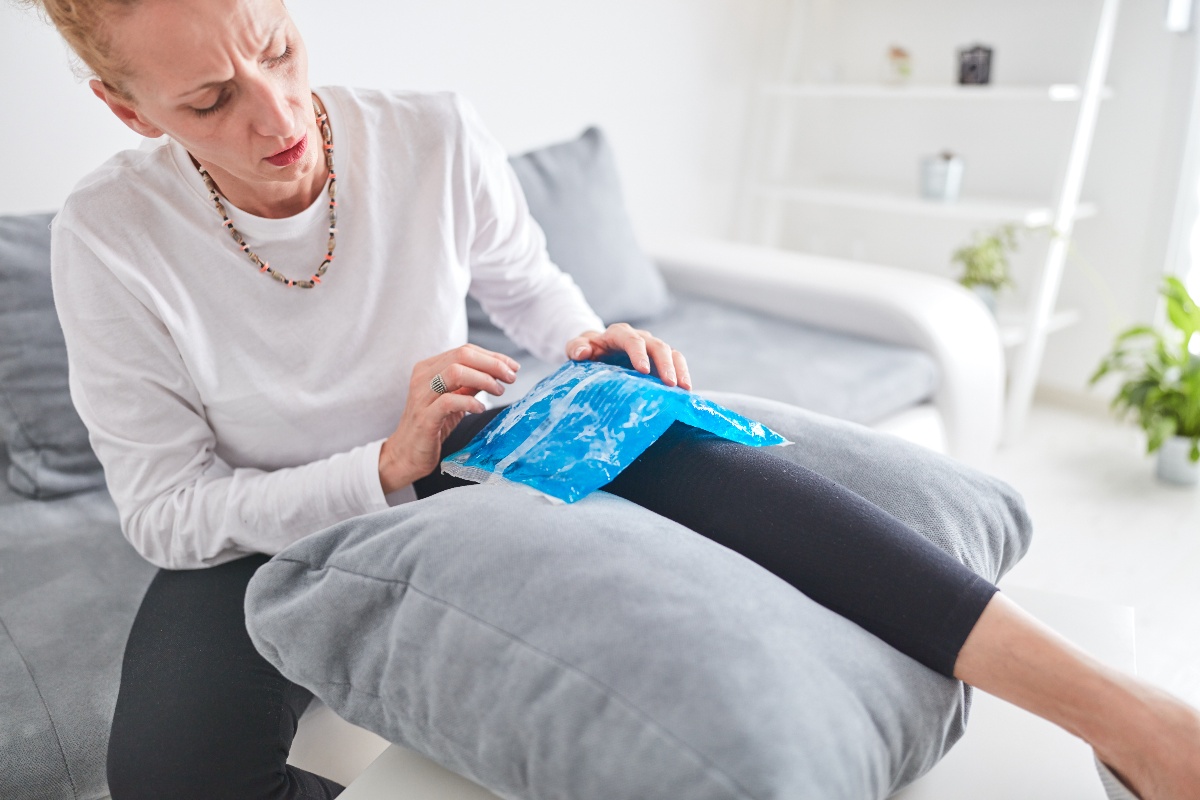Whether it’s inflammation, sore muscles, or osteoarthritis pain, heat therapy or cold compresses can provide pain relief. And although treating joint pain with heat and cold therapy is an effective practice for a variety of conditions and injuries, it’s not always easy to know which injuries are best treated with hot packs and which should be addressed with cold therapy. This guide will help you understand which therapy is best.
How Cold Therapy Works
In general, cold therapy is best indicated for acute pain, according to the Arthritis Foundation. Cold therapy can numb your nerve endings and prevent intense pain. Be sure to ice the affected area for only 20 minutes maximum, checking the skin frequently. Icing for longer time periods can cause frostbite.
Although many people try to avoid the use of cold compresses, they reduce pain and swelling by constricting the blood vessels. Cold packs may feel uncomfortable at first, but they can help by providing significant pain relief.
Remember to always place a towel or another barrier between the ice pack and your skin. Direct application of ice to your skin should be avoided.
How Heat Therapy Works
Heated pads or compresses are often what people reach for when they are injured, because heat feels comforting. Heat dilates the blood vessels and can reduce muscle spasms. Some people choose dry heat therapy, such as a heating pad. Others prefer moist heat by taking a hot bath or applying heated compresses. Whether you choose dry or moist heat, be sure to keep the water or compress temperature at a reasonable level. Avoid burning yourself – don’t use a heating pad that is set at too hot of a setting or apply burning hot compresses to the skin.
Heat therapy is best used for soothing stiff joints and tired muscles. Heat therapy is helpful for getting your body limber and ready for exercise or other activities. Some doctors also recommend alternating cold and hot therapy for some types of joint pain.
If you’re not sure whether to use heat or cold therapy for your condition, your doctor can provide guidance on which is best for you. It’s also important for you to contact your health care provider if you experience these symptoms after applying hot or cold compresses:
- Blisters
- Hives
- Swelling
- Red, purple, or spotted red and white areas on the skin
When to See Your Doctor
Sometimes heat or cold therapy isn’t enough to help ease your joint pain. Ongoing joint pain can be a sign of something more serious than a muscle strain or strenuous exercise. If you experience any of the following signs, contact your doctor as soon as possible:
- You have been involved in an accident or taken a fall
- Your pain has lasted for more than a week and/or has worsened
- You are unable to move the joint
- You cannot put weight on the affected joint without severe pain
- You experience intense pain or sudden swelling
- You have signs of an infection, including sudden redness, fever, and inflammation
Call Flexogenix for a Consultation
The Flexogenix team can help you heal joint pain with a variety of non-invasive treatments, including regenerative medicine. Whether you have a chronic condition such as osteoarthritis or an injury that is causing joint pain, we can discuss your treatment options so you can avoid surgery.
There is no need to suffer in pain. Contact Flexogenix today for a free consultation. Our team of experts will assess your symptoms and find out what is causing your joint problems.






